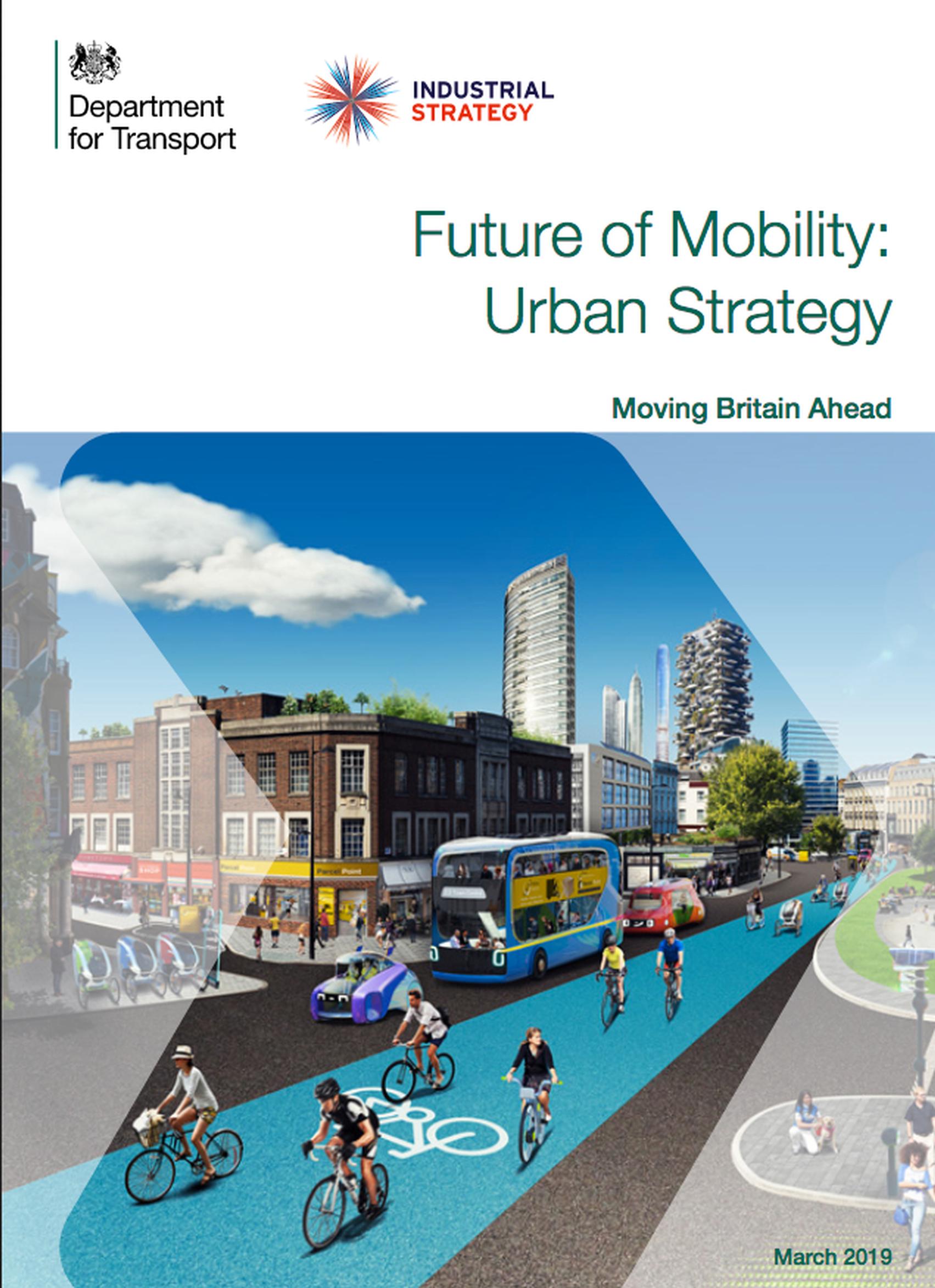

New mobility solutions such as self-driving vehicles could exacerbate congestion and result in fewer people walking and cycling, warns a new report from the DfT.
Rising automation must be complemented by more efficient use of limited road space, for example through shared rides, increased occupancy and consolidating freight, states Future of Mobility: Urban Strategy.
Analysis carried out for the DfT suggests that traffic could grow 55% between 2015 and 2050 if ride sharing fails to take off and vehicle occupancy drops from an average of 1.5 to 1.3. “This growth in road traffic could increase to 71% if self-driving vehicles also widen access to mobility and allow passengers to use their time in the vehicle more productively,” states the report. “If ride-sharing becomes embedded and average vehicle occupancy increases from 1.5 to 1.7, growth in road traffic during the same period could be 5%.”
There could be “unintended consequences” to implementing new technologies and services, says the report. For example, the growing popularity of ride-hailing services could affect public transport passenger numbers. “Loneliness could increase if a worsening in public transport provision or digital and financial exclusion make it harder for some people to access transport.
“More convenient door-to-door transport options that compete with walking and cycling over short distances could reduce the rates of active travel, worsening obesity levels and the associated burden on the NHS.”
Conversely, more journeys by walking and cycling in urban areas would mean better air quality and health outcomes along with lower congestion, the report points out. In England 45% of all journeys taken by urban residents are under two miles. “For many people, these trips could be easily undertaken by sustainable, active modes of transport, such as walking and cycling, which support local economies and have huge benefits for health.
“New technology and platforms should help make choosing cycling and walking easier, supporting the ambitions and objectives of our Cycling and Walking Investment Strategy.
“This could be done through, for example, showing routes and timings and always offering these options for short trips, or fully integrating walking and cycling into the options for longer multi-stage journeys.”
Cleaner transport, automation and new modes of travel could “make transport safer, easier and more inclusive while minimising its impacts on the environment”, the report suggests. “They could boost productivity and investment, increase export opportunities for UK companies and create high quality jobs.”
Autonomous vehicle technologies could improve road safety, the report suggests. “Self-driving vehicles will use sensors, connectivity, and artificial intelligence to understand their surroundings and travel through traffic. They could even learn from their collective experience. Unlike human drivers, automated driving systems will not get distracted or tired, and may be able to react more quickly.”
Advances in technology could also boost active travel and public transport, according to the report. “With intelligent design and incentive structures, Mobility as a Service could reduce car ownership and move people towards active and sustainable modes.
“Well-managed bike-sharing schemes and e-bikes could widen access to the health and wellbeing benefits offered by cycling; market research has shown that 62% of e-bikes in the UK are sold to people over the age of 55.”
1 New modes of transport and new mobility services must be safe and secure by design.
TransportXtra is part of Landor LINKS
© 2025 TransportXtra | Landor LINKS Ltd | All Rights Reserved
Subscriptions, Magazines & Online Access Enquires
[Frequently Asked Questions]
Email: subs.ltt@landor.co.uk | Tel: +44 (0) 20 7091 7959
Shop & Accounts Enquires
Email: accounts@landor.co.uk | Tel: +44 (0) 20 7091 7855
Advertising Sales & Recruitment Enquires
Email: daniel@landor.co.uk | Tel: +44 (0) 20 7091 7861
Events & Conference Enquires
Email: conferences@landor.co.uk | Tel: +44 (0) 20 7091 7865
Press Releases & Editorial Enquires
Email: info@transportxtra.com | Tel: +44 (0) 20 7091 7875
Privacy Policy | Terms and Conditions | Advertise
Web design london by Brainiac Media 2020